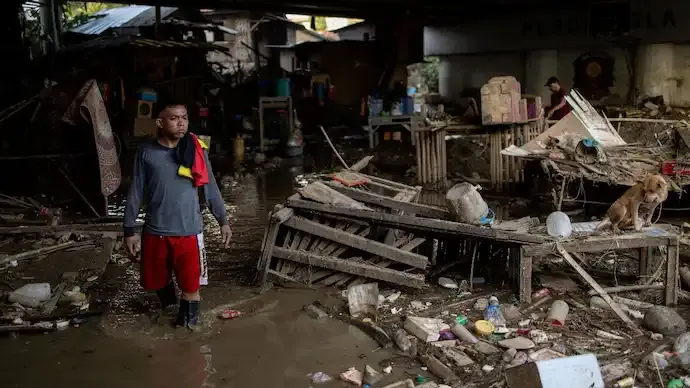Shopping cart
Your cart empty!
Terms of use dolor sit amet consectetur, adipisicing elit. Recusandae provident ullam aperiam quo ad non corrupti sit vel quam repellat ipsa quod sed, repellendus adipisci, ducimus ea modi odio assumenda.
Lorem ipsum dolor sit amet consectetur adipisicing elit. Sequi, cum esse possimus officiis amet ea voluptatibus libero! Dolorum assumenda esse, deserunt ipsum ad iusto! Praesentium error nobis tenetur at, quis nostrum facere excepturi architecto totam.
Lorem ipsum dolor sit amet consectetur adipisicing elit. Inventore, soluta alias eaque modi ipsum sint iusto fugiat vero velit rerum.
Sequi, cum esse possimus officiis amet ea voluptatibus libero! Dolorum assumenda esse, deserunt ipsum ad iusto! Praesentium error nobis tenetur at, quis nostrum facere excepturi architecto totam.
Lorem ipsum dolor sit amet consectetur adipisicing elit. Inventore, soluta alias eaque modi ipsum sint iusto fugiat vero velit rerum.
Dolor sit amet consectetur adipisicing elit. Sequi, cum esse possimus officiis amet ea voluptatibus libero! Dolorum assumenda esse, deserunt ipsum ad iusto! Praesentium error nobis tenetur at, quis nostrum facere excepturi architecto totam.
Lorem ipsum dolor sit amet consectetur adipisicing elit. Inventore, soluta alias eaque modi ipsum sint iusto fugiat vero velit rerum.
Sit amet consectetur adipisicing elit. Sequi, cum esse possimus officiis amet ea voluptatibus libero! Dolorum assumenda esse, deserunt ipsum ad iusto! Praesentium error nobis tenetur at, quis nostrum facere excepturi architecto totam.
Lorem ipsum dolor sit amet consectetur adipisicing elit. Inventore, soluta alias eaque modi ipsum sint iusto fugiat vero velit rerum.
Do you agree to our terms? Sign up

The Philippines is bracing for yet another devastating storm as Super Typhoon Fung-wong — locally named Uwan — barrels toward its coastline just days after Typhoon Kalmaegi wreaked havoc across the nation. Authorities have ordered the evacuation of more than 100,000 residents from vulnerable coastal and low-lying areas as the storm intensified into one of the strongest typhoons to hit the region this year.
The Philippine Atmospheric, Geophysical and Astronomical Services Administration (PAGASA) has raised Storm Signal No. 5, its highest warning level, over parts of southeastern Luzon, including Catanduanes, Camarines Norte, and Camarines Sur. Metro Manila and nearby provinces remain under Signal No. 3, with residents urged to stay indoors and stock essential supplies.
According to meteorological data, Fung-wong is packing sustained winds of 185 km/h (115 mph) with gusts reaching up to 230 km/h. The typhoon is expected to make landfall in Aurora province in central Luzon late Sunday, bringing torrential rainfall, severe flooding, and life-threatening storm surges.
Officials have warned of potential landslides and flash floods across Luzon and Eastern Visayas, where several towns are already reporting power outages and communication disruptions. Emergency response units have been deployed, and military trucks are assisting local authorities in mass evacuations.
The Philippine Coast Guard released images showing families with their belongings being ferried across swollen rivers and loaded onto evacuation vehicles. Temporary shelters have been set up in schools and municipal halls, though overcrowding and resource shortages remain pressing challenges.
The Civil Aviation Authority has confirmed over 300 domestic and international flight cancellations due to the storm. Ports have also suspended ferry services, stranding thousands of passengers nationwide.
Video footage from Catanduanes province shows violent winds snapping tree branches and sheets of rain pounding tin rooftops — a grim reminder of the country’s vulnerability to recurring superstorms.
The impact of Typhoon Kalmaegi, which struck the Philippines just a week earlier, still lingers. The storm killed 204 people before moving toward Vietnam, where it caused additional casualties and severe coastal destruction. In the Vietnamese fishing village of Vung Cheo, hundreds of lobster farms were wiped out, and fishing vessels were left piled along roadsides.
The arrival of Fung-wong, so soon after Kalmaegi, underscores the increasing frequency and ferocity of tropical storms hitting Southeast Asia, a phenomenon experts attribute to climate change and rising ocean temperatures.
President Ferdinand Marcos Jr. has ordered the National Disaster Risk Reduction and Management Council (NDRRMC) to maintain full coordination with local authorities to ensure swift relief operations. “Our priority is saving lives,” a government spokesperson stated, urging residents in high-risk zones to comply with evacuation orders.
With winds intensifying and rainfall showing no sign of abating, the Philippines stands once again on the frontline of nature’s fury, confronting one of its most powerful storms in recent years.
As night falls over Luzon, millions brace for impact — hoping that early warnings and rapid evacuations will prevent a repeat of the devastation left behind by Kalmaegi.
27
Published: Nov 09, 2025